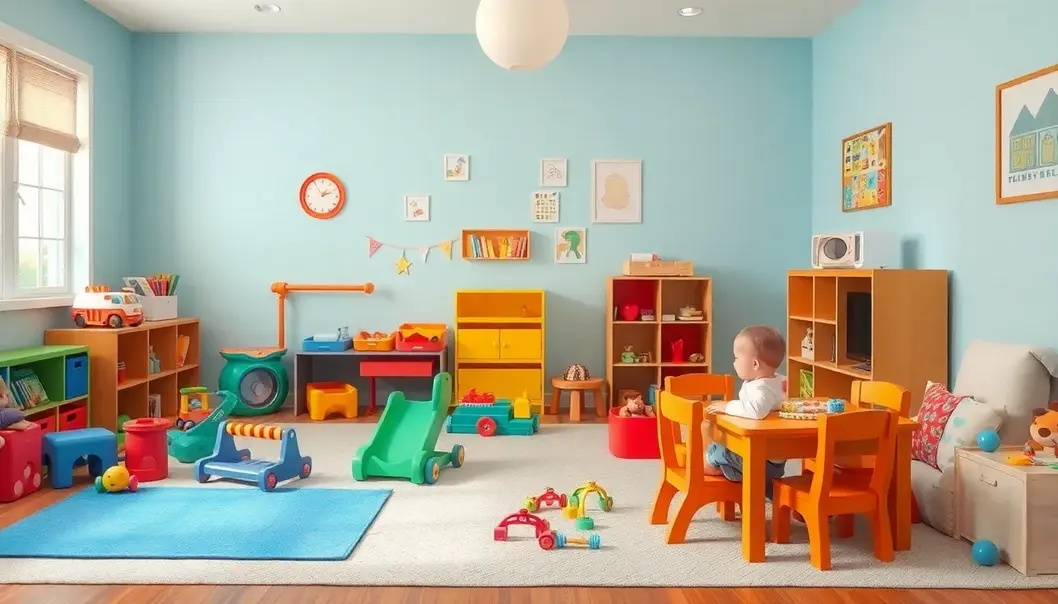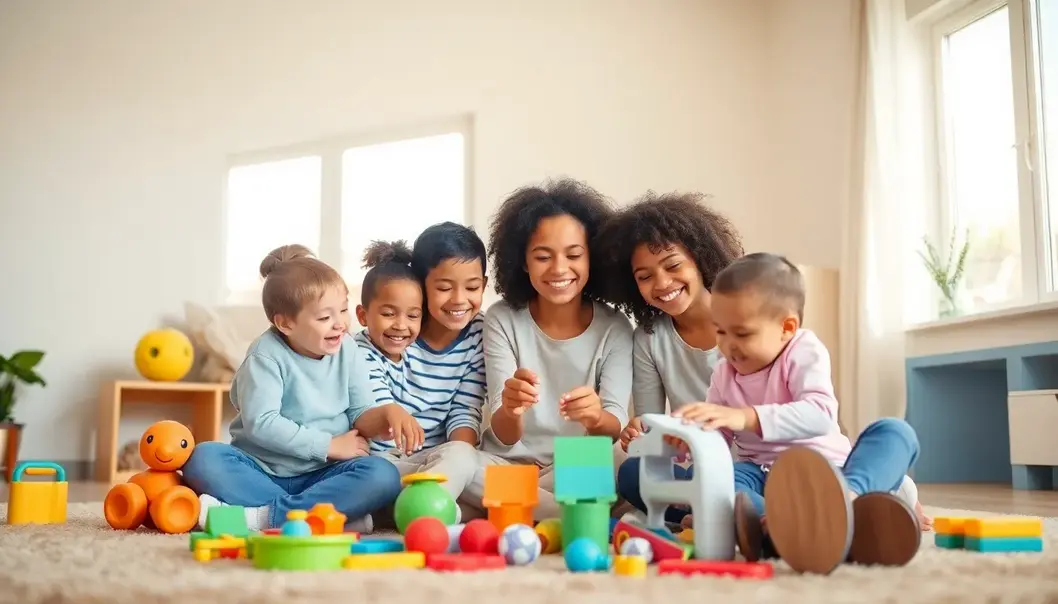Toy safety is a crucial aspect of parenting that often goes unnoticed, yet it plays a vital role in ensuring our children’s well-being. Selecting toys that are safe, inclusive, and suitable for children of all shapes and sizes can be challenging, especially in a market that doesn’t always cater to plus-size preferences. As parents, embracing our uniqueness while considering the safety needs of our children is empowering. This guide provides essential tips to make informed decisions about toy safety, emphasizing inclusivity and confidence in your choices.
Understanding Safe Toy Materials

Choosing toys crafted from safe materials is vital for ensuring that playtime is both joyous and secure. The focus should be on selecting non-toxic, lead-free, and hypoallergenic items. Non-toxic materials, such as food-grade silicone or untreated wood, help safeguard children’s health by reducing exposure to harmful chemicals often found in plastic toys. Avoiding toys made with BPA or phthalates is pivotal, as these substances can disrupt developmental processes.
Pay attention to lead-free labels, especially when considering painted toys. Lead exposure, even in small quantities, can have severe health implications. It’s critical to examine products for established safety standards and certifications. For instance, the United States Consumer Product Safety Commission (CPSC) sets stringent guidelines that manufacturers must comply with to ensure their toys are safe.
Hypoallergenic materials are another consideration, especially for children with sensitivities or allergies. Many parents prefer organic cotton or linen options, which are less likely to irritate sensitive skin. Always review fabric toy labels for mentions of hypoallergenic properties, especially if your child has known skin conditions.
Being equipped to decipher these labels is an essential skill. Look for certifications like ASTM or EN71, which indicate compliance with national and international safety standards. Checking for these certifications is a sure way to enhance confidence in the safety of the toys you select.
For plus-size parents, the task of picking out safe toys involves considering additional factors to accommodate a diverse range of needs confidently. Opt for toys with clear and easily readable labels. Selecting toys that are not only safe but also accessible involves ensuring that labels and safety guidelines are printed in legible fonts with sufficient contrast. Additionally, communicating with fellow parents or support groups can offer valuable insights into what to look for when assessing toy safety.
For further insight into ensuring your household is a safe and welcoming environment for play, check out related resources on pet safety and wellbeing to draw parallels with how deliberate choices in pet care can inform safer and more inclusive environments for children as well.
Ultimately, making informed choices aligns with broader goals of empowered parenting, helping ensure that every play session is both delightful and free from unnecessary risk.
Creating an Inclusive Play Space

Designing a play area that warmly welcomes children of all sizes involves thoughtful selection and arrangement. Embrace an inclusive mindset by choosing toys and furniture that accommodate differing needs for movement and space.
When selecting toys, prioritize those that inspire active play while being flexible in their use. Opt for adjustable items, such as blocks or modular building sets, which promote creativity without limiting participation due to size. Encourage play that is engaging yet safe by avoiding toys that impose restrictions or require squeezing through too-tight spaces.
Ensuring the comfort of larger children means creating environments free from physical strain. Choose seating with ample support and cushions, keeping in mind wider spaces and durable materials. Floors should be free of sharp edges and have plenty of room for easy navigation. Arrange play elements to prevent bottlenecks; allow kids to move freely without feeling constricted.
Height accessibility is crucial. Shelves and storage units should be at varying levels, accommodating children of all heights. This inclusive feature allows every child the pride of independently accessing toys and play materials. Strategically space out freestanding units so taller children can easily navigate without encountering overhead obstacles.
Safety also involves considering sensory experiences. Create areas where noise levels can be adjusted to prevent overwhelming any child, particularly those with sensory sensitivities. Soft lighting can foster a calm and welcoming atmosphere, creating a comfortable environment for extended play sessions.
Implement these strategies to foster a setting where each child feels respected and valued. By prioritizing inclusivity alongside safety, you nurture not just play, but growth, empathy, and understanding in every play session.
Final words
Navigating toy safety is an essential part of parenting, especially when ensuring that choices are inclusive and empowering for families of all sizes. By understanding safe materials and creating inclusive play spaces, parents can champion a joyful and secure playtime for their children. Embrace the knowledge in this guide to make confident decisions that prioritize safety and inclusivity.
Empower your parenting journey today by exploring our curated selection of safe and inclusive toys!
Learn more: https://example.com/safe-inclusive-toys
About us
Our company offers an extensive selection of toys designed for safety and inclusivity, ensuring that all children can enjoy playtime without compromise. We provide guidance and resources to help parents make informed choices, reinforcing our commitment to diverse and empowered parenting.



